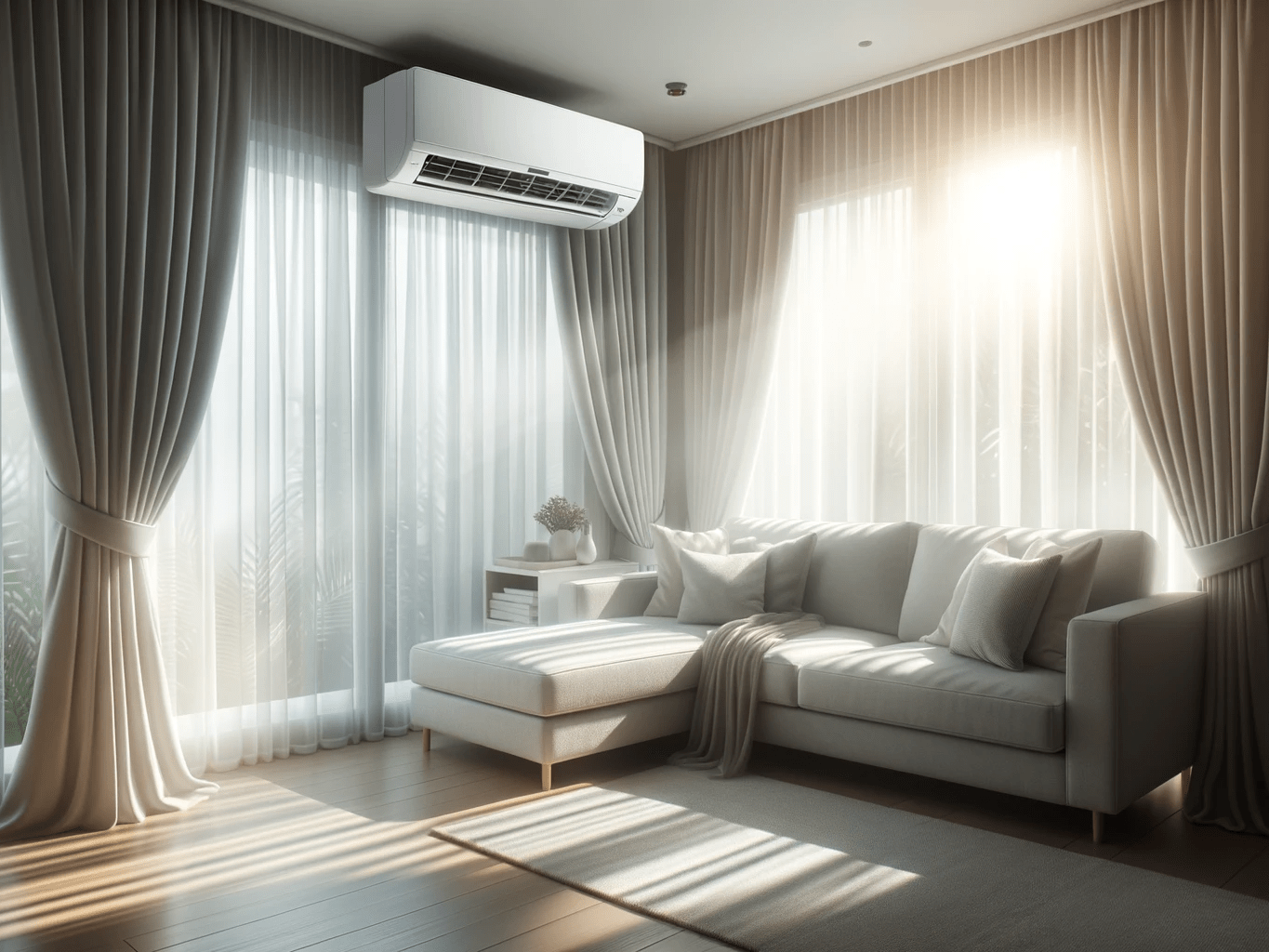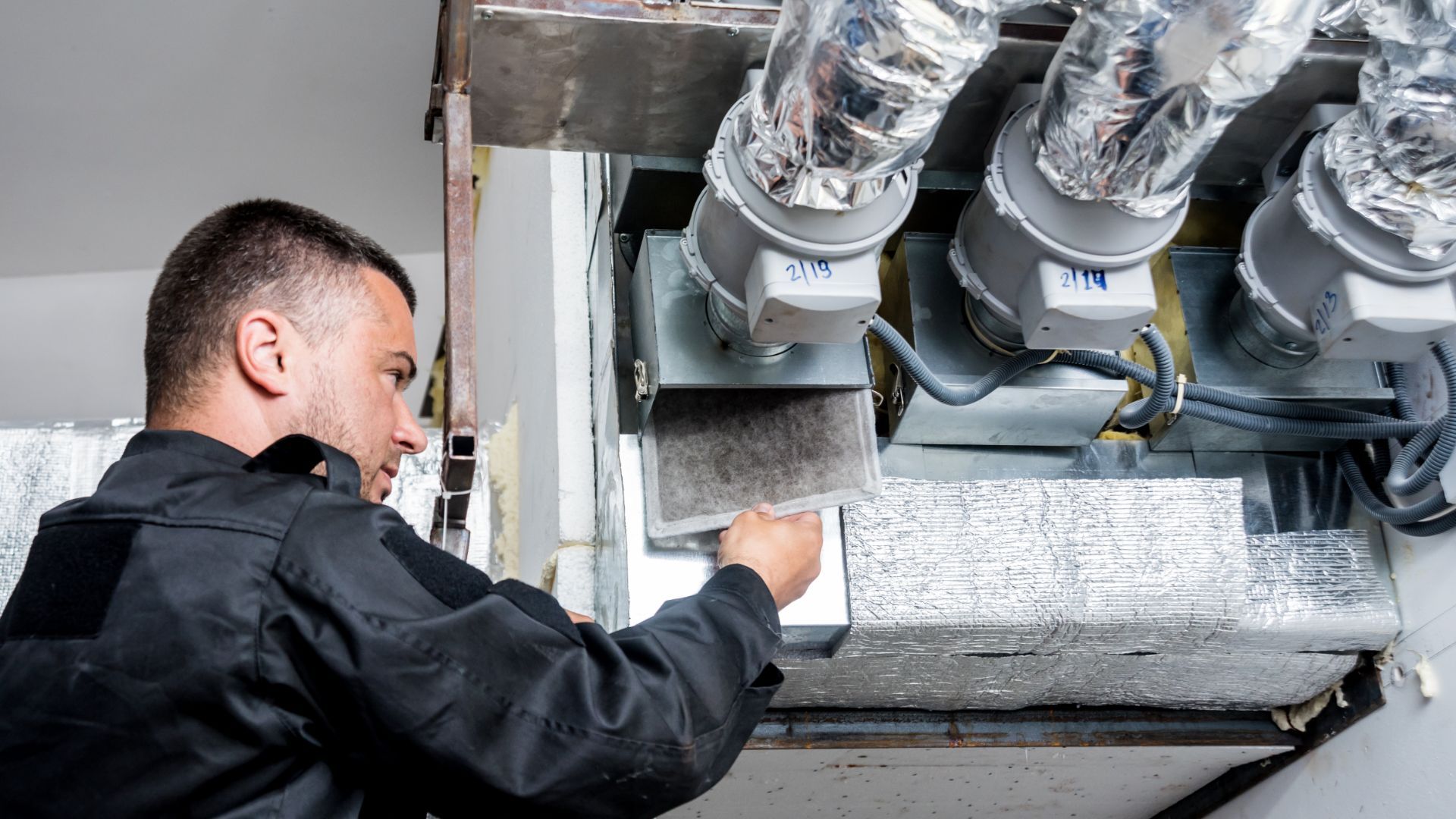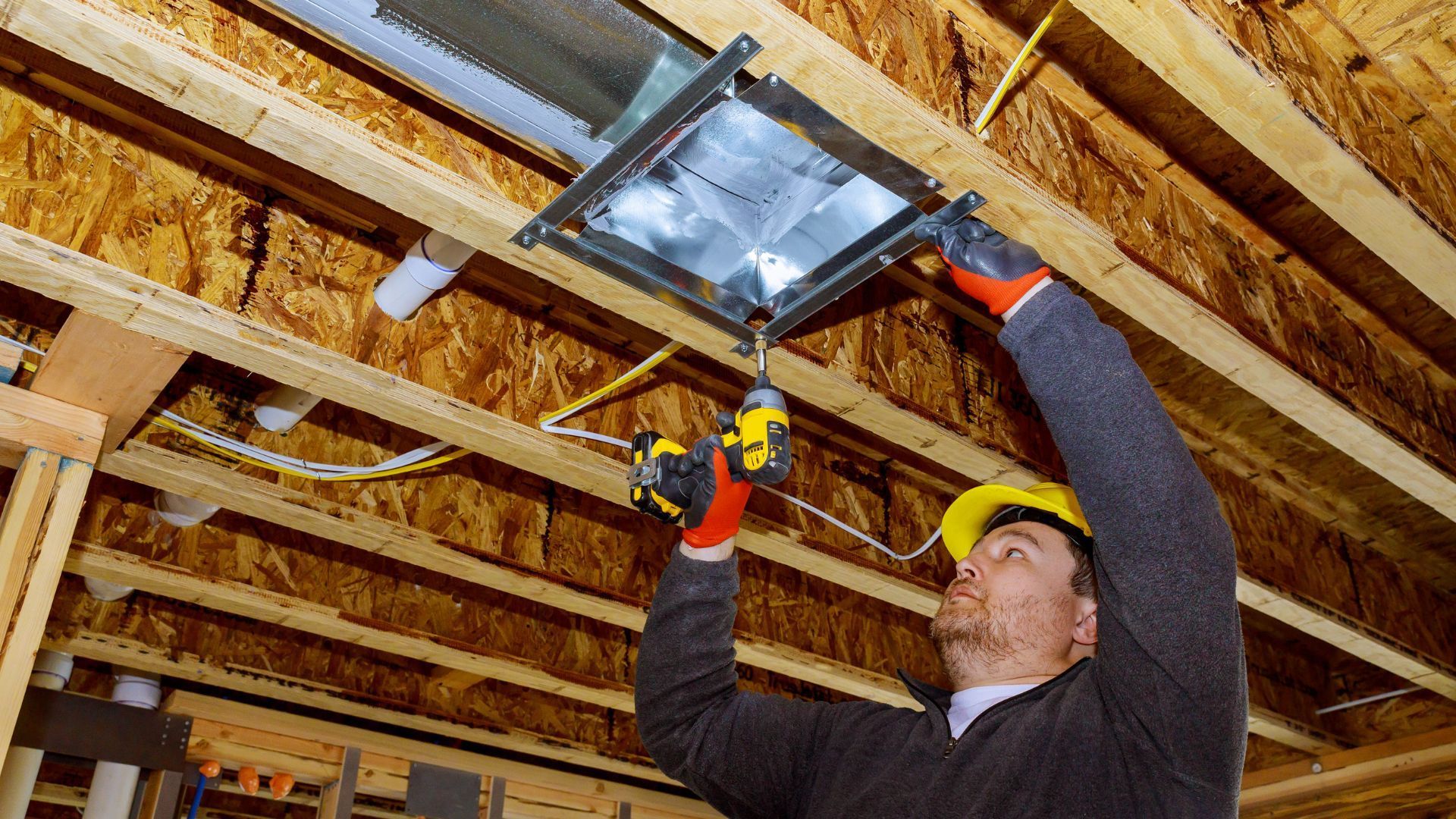Working Hours: Monday - Friday 08:00 AM - 04:30 PM
Air Purifiers vs Dehumidifiers: What's the Difference and Which is Right for You
Choosing the Right Water Heater: Tankless vs Tank

Ductless mini-split systems are heating and cooling system that does not require ducts to distribute conditioned air throughout a building. These systems consist of an outdoor unit, which houses the compressor and condenser, and one or more indoor units, which are mounted on the wall or ceiling of the rooms being cooled or heated.
There are many benefits to using ductless mini-split systems, including energy efficiency, zone control, flexibility in installation, and quiet operation. This article will provide an overview of these benefits and discuss the process of choosing and installing a ductless mini-split system.
Benefits Of Ductless Mini Split Systems
One of the main advantages of ductless mini-split systems is their energy efficiency. Because they do not require ducts, they eliminate the energy losses that occur with traditional ducted systems. This can result in significant energy savings, especially in homes with poorly insulated ducts or climates with extreme temperature fluctuations.
Ductless mini-split systems also offer the ability to control the temperature in different zones of a building independently. This is accomplished by using multiple indoor units, each with its own thermostat. This allows homeowners to customize the temperature in different areas of their homes and reduce energy waste by only heating or cooling the spaces that are being used.
In addition to their energy efficiency and zone control capabilities, ductless mini-split systems are also highly flexible in terms of installation. They can be installed in a variety of settings, including homes, apartments, and office buildings, and can be used to add heating and cooling to rooms that do not have existing ductwork.
Finally, ductless mini-split systems are known for their quiet operation. The outdoor unit is typically located outside the building, and the indoor units operate quietly, making them a good choice for bedrooms and other noise-sensitive areas.
Choosing The Right Ductless Mini-Split System
The first is the size of the space that you want to cool or heat. It is important to select a system with the appropriate capacity to effectively condition the air in your space. If the system is too small, it will struggle to maintain the desired temperature, resulting in reduced comfort and increased energy use. If the system is too large, it will cool or heat the space too quickly, leading to temperature fluctuations and reduced energy efficiency.
Another factor to consider is the number of zones you want to control. As mentioned earlier, ductless mini-split systems allow you to independently control the temperature in different areas of your home or business. If you have multiple zones that you want to condition, you will need a system with multiple indoor units.
The climate and location of your home or business is also an important consideration when selecting a ductless mini-split system. Different systems are designed to perform optimally in different climates, so it is important to choose a system that is well-suited to your location.
Efficiency ratings are another important factor when choosing a ductless mini-split system. Look for systems with high energy efficiency ratings, as they will save you money on energy costs in the long run.
Finally, price is an important factor for many homeowners and businesses. Ductless mini-split systems can vary widely in price, so it is important to shop around and compare different models to find the one that fits your budget.
Preparing For Installation
Before you begin installing your ductless mini split system, gathering all the necessary tools and materials is important. This will typically include the outdoor unit, indoor units, mounting brackets, communication wire, refrigerant lines, and electrical wiring. You may also need additional tools such as a drill, screwdriver, wire stripper, and level.
It is also important to consider whether you will install the system yourself or hire a professional. While installing a ductless mini-split system as a DIY project is possible, it can be a complex and time-consuming process. If you are not confident in your ability to complete the installation safely and correctly, it may be worth the investment to hire a professional.
Depending on your location, you may also need to obtain permits and schedule inspections before and after the installation. It is important to check with your local building department to determine the requirements in your area.
Step-By-Step Guide To Installation
Installing a ductless mini-split system involves several steps, including installing the outdoor unit, installing the indoor unit(s), wiring and connecting the units, and charging and testing the system.
- Installing The Outdoor Unit
The first step in the installation process is to install the outdoor unit. This typically involves mounting the unit on a concrete pad or wall using brackets, and connecting the refrigerant lines and communication wire to the unit.
- Installing The Indoor Unit(S)
You will need to install the indoor unit(s) in the room or area you want to condition. This typically involves mounting the unit on the wall or ceiling using brackets and connecting the unit's refrigerant lines and communication wire.
- Wiring And Connecting the Units
Once the outdoor and indoor units are installed, you will need to wire and connect them. This typically involves running the communication wire and electrical wiring between the units and connecting them according to the manufacturer's instructions.
- Charging And Testing the System
After the units are connected, you will need to charge the system with refrigerant and test it to ensure it is functioning properly. This typically involves using special tools to measure the refrigerant levels and test the system's performance.
Maintenance And Troubleshooting
Proper maintenance is essential to ensuring your ductless mini-split system's long-term performance and efficiency. Some tasks you should perform on a regular basis include cleaning the filters, checking the refrigerant levels, and inspecting the outdoor unit for debris.
If you experience any issues with your ductless mini-split system, there are a few common problems that you can troubleshoot on your own. These include issues with the thermostat, problems with the indoor unit, and issues with the outdoor unit. If you are unable to resolve the issue, it is recommended to call a professional for assistance.
Conclusion
In conclusion, ductless mini-split systems offer a number of benefits, including energy efficiency, zone control, flexibility in installation, and quiet operation. While installing a ductless mini-split system can be complex, it is possible to do it yourself with the right tools and knowledge. Proper maintenance is key to ensuring the long-term performance of your system, and if you experience any issues, there are steps you can take to troubleshoot them.
Upgrade to a ductless mini split system in London, Ontario with our DIY guide. Save money and energy today! Visit us today.

INFORMATION
176 Rectory St, London, ON N5Z 2A5, Canada
Follow us on Facebook
BROWSE OUR WEBSITE
EMERGENCY SERVICE









